
Contents










Spotlight · Written by Jang Hee-joo
Island of Lights
Jeju Light Arts Festa
It comes as no surprise that those who visit Jeju-do Island soon fall in love with the island’s exquisite nature.
On the other hand, it’s not well-known that Jeju is also home to outstanding artwork that doesn’t fall behind Jeju’s natural beauty.
While the day is filled with robust energy of magnificent nature, art shines under the night stars here.
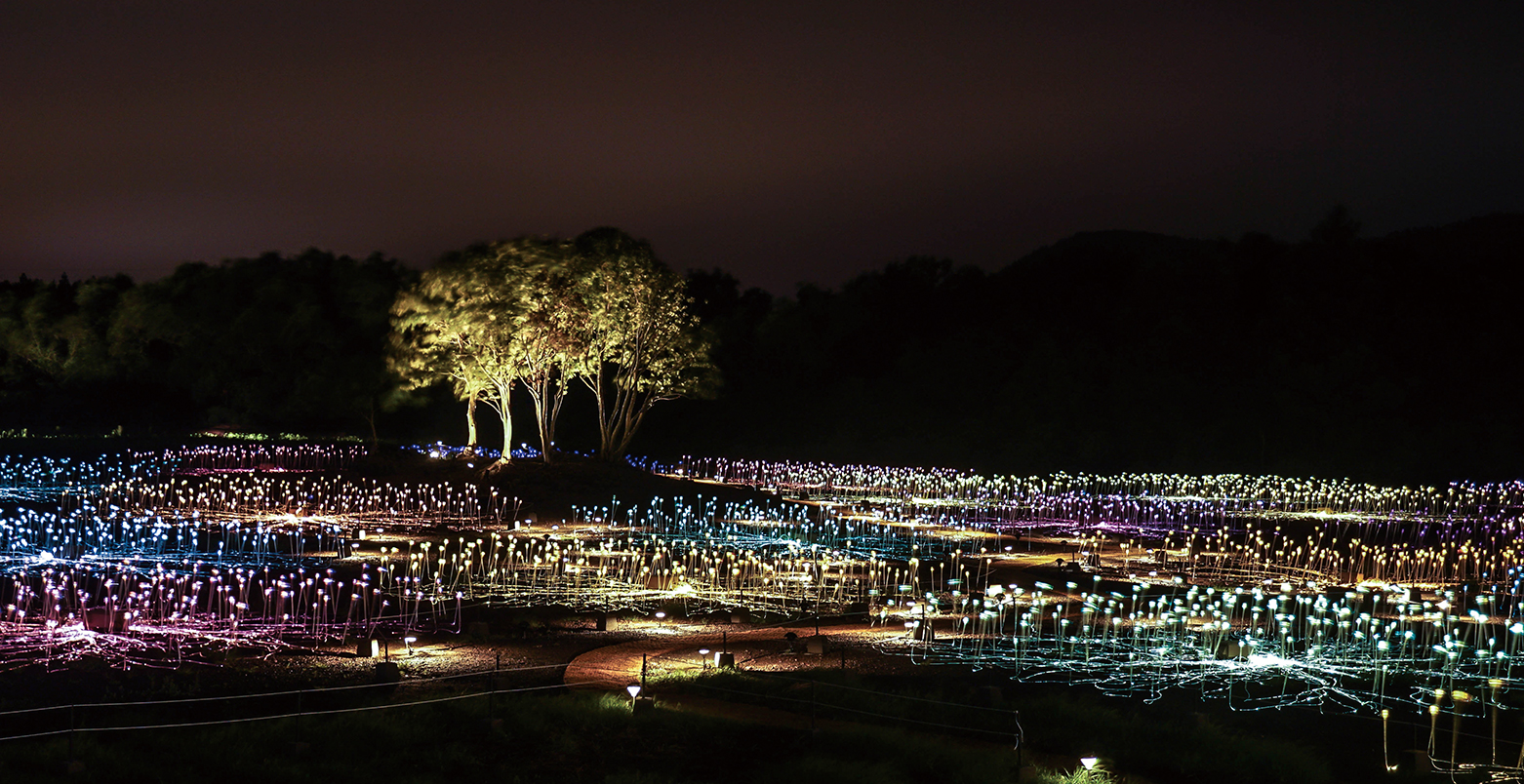
The Night Is Still Young
A superb event to attend after the sun goes down, the Jeju Light Art Festa (LAF) showcases artworks that utilize lights for those who dislike calling it a night too early. Since LAF is adjacent to famous tourist sites like Geomun Oreum, Bijarim Forest and Manjanggul Cave, visitors can experience Jeju’s surreal nature by day while seeing these light works by night.
Arts Featuring Jeju
Six eminent international artists there display 14 of their artworks, starting with Bruce Munro’s “Oreum.” The title is the Korean term for “volcanic cone,” Jeju’s most unique geographical feature. The canvas stretches to 20,000 m2 with small and big splashes of light symbolizing oreum, a mystical fable of the island. Another piece, Tom Fruin’s “Odumak,” also uses the Korean name for “cabin.” When a small cabin made with quilted glasses is reflected on the lake’s surface, passers-by stop in their tracks to take in this gorgeous sight.
Jeju-do Island
Hidden Gems

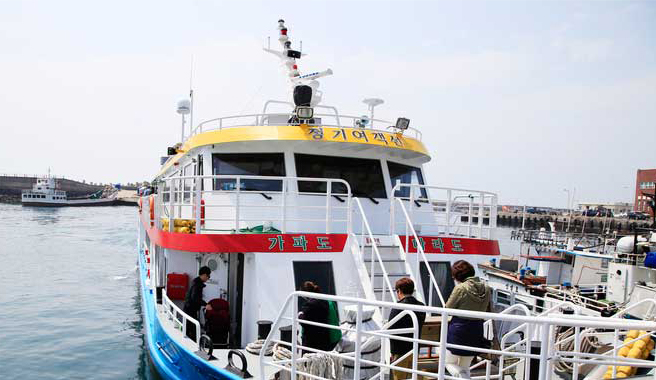
© Korea Tourism Organization, VisitKorea.or.kr
Gapado Green Barley Festival
/ March 30 - May 12
Gapado Island, situated in Korea’s far south, is the country’s first region to welcome spring. Visitors need to make another boat trip to this southern island after arriving on Jeju-do Island. The trip might sound a bit troublesome, but the breathtaking view makes it definitely worth it. Green barley fields covering 600,000 m2 create a dramatic scene as the wind creates waves of green. The island goes from green in March to golden in May, making this the most vibrant time to see these barley leaves. Most of the green barley here are native to the island and twice as tall as regular barley, which makes the waves in the fields more dynamic.
On the east side of the barley fields lies Hallasan Mountain and five small mountains surrounding the landscape, with Marado Island to the south. A festival is held in the middle of the fields where visitors can fly kites or stack stones while wandering around. Other cultural programs include a treasure hunt along the trail, a bicycling competition for couples and a barley tossing event. An overnight in the village is recommended if time allows since the sunset at the empty barley field is simply marvelous.
More about Gapado Green Barley Festival ⟶
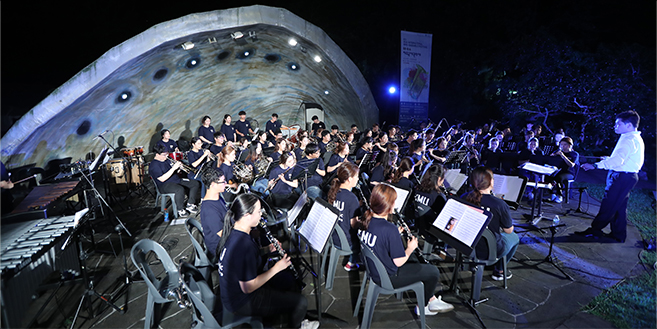
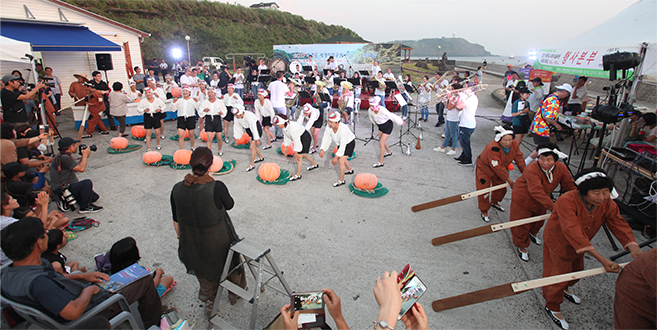
© JIWEF Organizing Committee
Jeju International Wind Ensemble Festival
/ August 8 - 16
Marking its 24th year, Jeju International Wind Ensemble Festival attracts numerous visitors from both at home and abroad despite the intense summer heat with outdoor performances of wind instruments.
Last year alone, a combined 3,800 musicians from 26 countries performed at the festival, with the number of attendees reaching 50,000. The events held range from a solo performance to that of a full orchestra including the local performances the Our Village Wind Instrument Festival or Haenyeo (Female Diver) Music Concert. In addition, a host of performing arts and events appeal to people of all ages and cultures like a marching show, street parade or musical instrument exhibitions. People can even have their instruments repaired here.
More about JIWEF ⟶
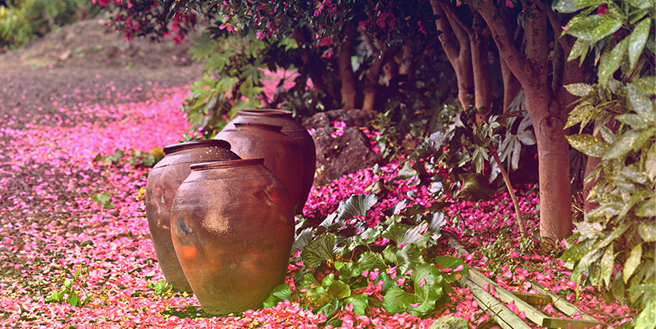
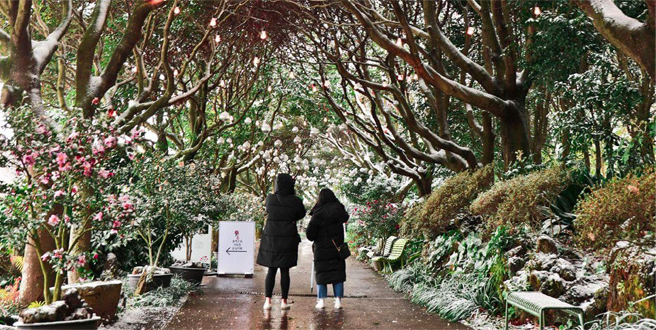
© Camellia Hill
Winter Blooming Flowers on Camellia Hill
/ November - January
Unlike regular flowers, the camellia blooms only as winter approaches and its falling petals create the perfect backdrop for stunning photos. The author of “Cultural History of Flowers” mentioned that camellia is particularly gorgeous despite the fact it doesn’t have any scent. Camellia Hill, the biggest arboretum of its kind in Asia, even houses a unique type of camellia that has a scent.
This arboretum features over 6,000 trees spanning 500 species, all blooming individually from fall to spring in harmony with over 250 plants and flowers indigenous to Jeju. Visitors are recommended to explore the back end of the trail to take great photos since every section has a wide variety of flowers. The facility houses a wide range of camellia trees from all over the world that bloom in different seasons. Thus specific trails have an abundant selection of flowers depending on month, so check the signs to maximize the experience.
More about Camellia Hill ⟶

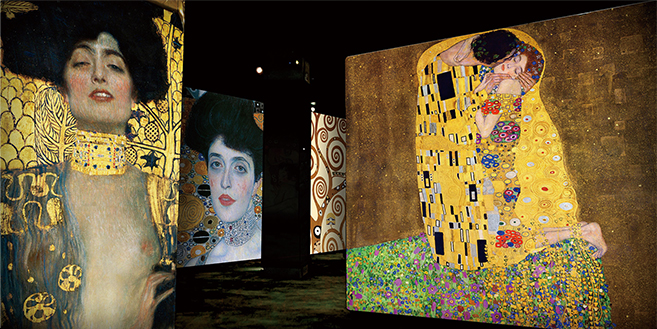
© Bunker de Lumieres Jeju
Bunker de Lumieres: Klimt
/ Year-Round
On Jeju-do Island, the town of Seongsan-eup, home to the famous Seongsan Ilchulbong (Sunrise Peak), houses an abandoned secret bunker that has recently been converted into an art gallery full of creative light works. Colorless concrete walls provide the best canvas, and the high ceilings accentuate the magnificence of the works. Visitors can roam around the hall to get a rare experience of interacting both with artists and their creations.
Since November 2018, Bunker de Lumieres has showcased the works of leading Viennese art figures like Gustav Klimt. The dazzling colors of original paintings are brought together as vivid lights, with music adding to the narrative of the images to create an immersive experience. Jeju is the first place to host this exhibition outside of France. The exhibit’s appeal transcends culture and language, showing the dynamic contrast of how the art form flourishes in the island’s pristine nature.
More about Bunker de Lumieres ⟶
Other Articles






Hanbok Designer Extraordinaire



Bridging Korean and Vietnamese Culture






